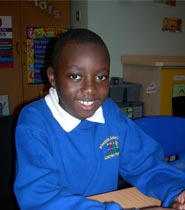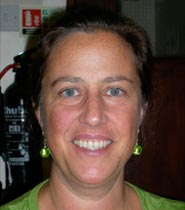DRAMA STRATEGIES
- On the Table
- Mind Movies
- Miming Movement
- Freeze-frame / Tableau
- Spontaneous Role Play
- Historical play / Monologue
- Hot Seating
- Modelling
ADDITIONAL RESOURCES
Historical play / Monologue
Mini Historical Role Play
This approach was developed to share with young children, some relevant and interesting insights into a scientist's life and work. The teacher normally reads aloud an appropriate narrative of a scientist's life and work with the opportunity for listening children to act out roles of different characters in the story or even pretend to be the scientist and echo what they may be doing in their work. The website provides an illustration of a mini-historical play (based on Mary Anning) that could easily be enacted by several groups of children.
Monologue
These are mini-speeches as if from the scientist themselves. The monologues provide personal insights into the scientist's work and life. They could be presented by the teacher or a teaching assistant (dressed up with a few props). There are also videos available that could be played for the children to watch. The monologues have been successfully used as an introduction to investigations that are similar or based upon the work the scientist may have done. William Harbutt's story, about the man who invented plasticine, could be used as an introduction to creating a modelling material (from flour, water, food dye and salt).
Using the historial role play approach

Child's reflection
Child reflecting on drama to learn science, particularly the use of Historical Role Play.

Teacher's reflection
Clarysly reflecting on the benefits of using Historical Role Play to teach science.
Clarysly reflecting on the benefits of using Monologues to teach science.
Key

Using drama to learn science





